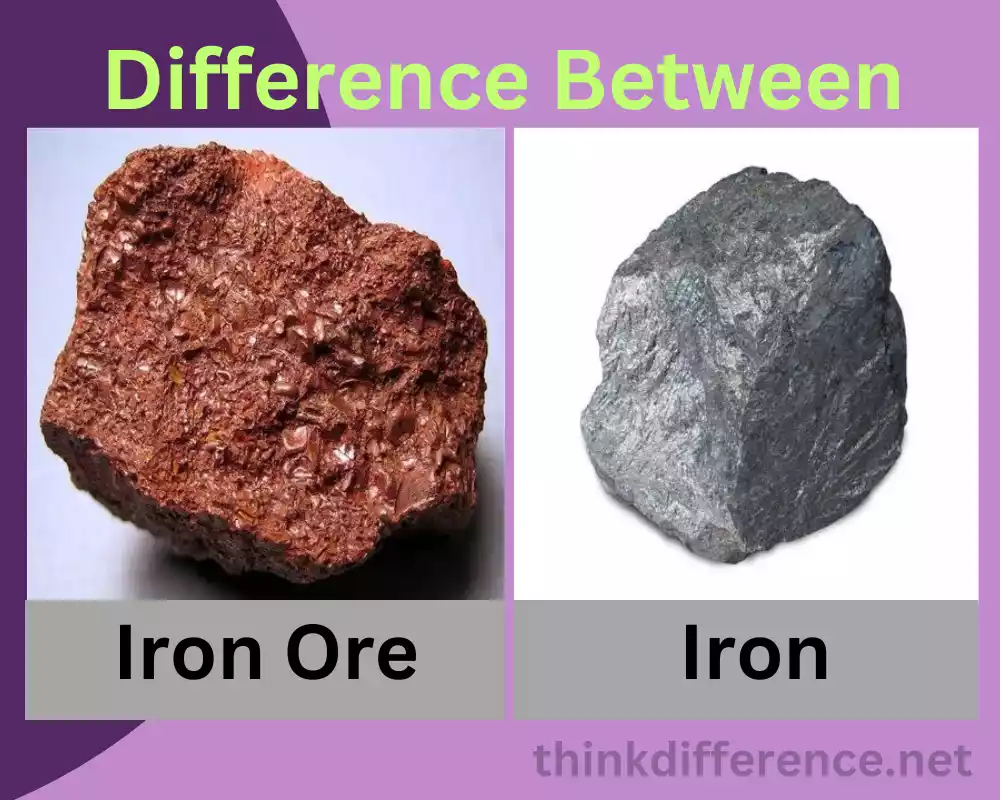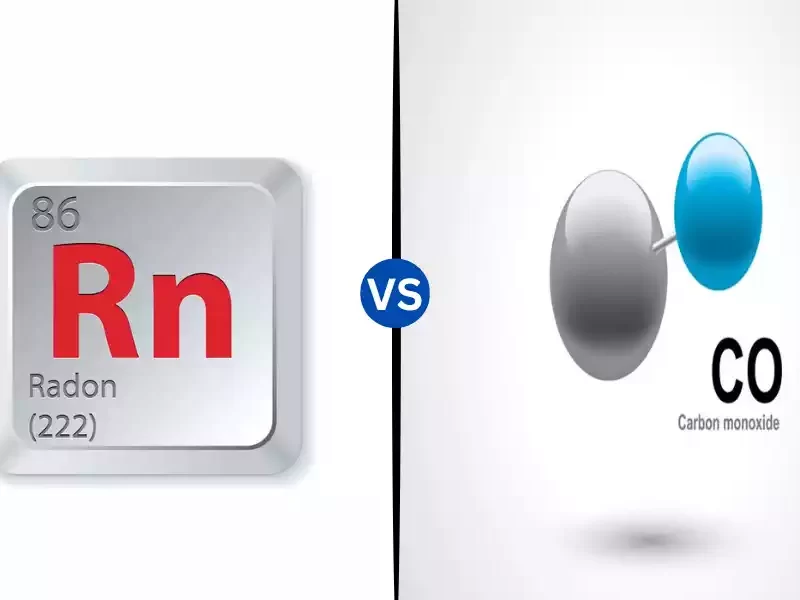Brief overview of Iron Ore and Iron
Iron ore is closely connected with iron, playing an essential role in many industries and applications. Here is a brief introduction to what iron ore entails:
Iron Ore:
Iron ore is an alluvial deposit found worldwide that can be mined for metallic iron. As part of Earth’s crust, large deposits of this naturally-occurring mineral make up much of our supply of this resource – which makes this mineral accessible around the world for mining operations.
Iron ore comes in various forms, such as hematite and magnetite. Each mineral type offers unique properties and composition; their iron content, impurities, geological formations and geologic formations vary considerably from mine to mine.
Mining iron ore is an extensive process requiring drilling, blasting and clearing away of overburden to access ore deposits. Once extracted, ore is treated to remove impurities while increasing iron content; processed pellets or fines form are then used in production of iron and steel products.
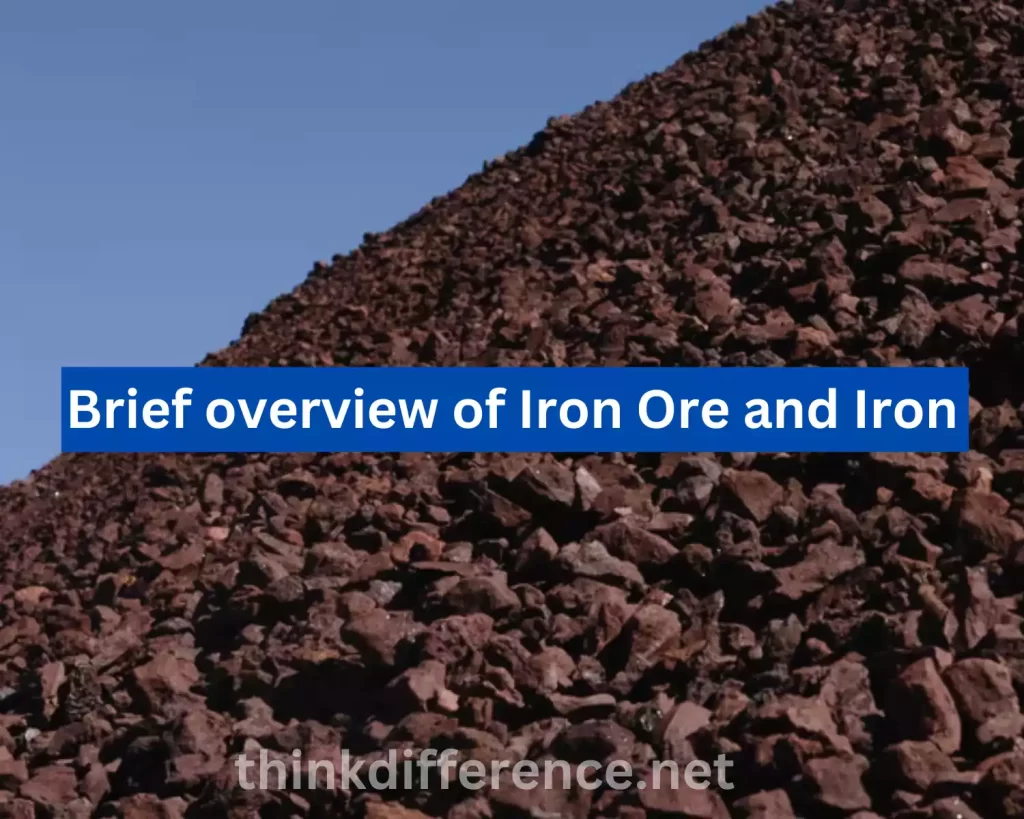
Iron:
Iron, one of the world’s most abundant metals, can be produced through various refining and processing methods from iron ore. Iron’s desirable properties include high tensile strength, durability, and the capability of being magnetized – among many others.
After iron ore has been mined and processed, it can be transformed into iron through a process known as smelting. This involves heating ore, coke (a type of coal), limestone and clay in a blast furnace until all impurities have been eliminated, creating liquid metal which can then be cast or refined further to become steel.
Iron has many applications across many different industries. It can be seen being utilized in bridge building, infrastructure construction and manufacturing vehicles, machines, appliances and tools using iron as its raw material source. Iron also produces steel; one of the world’s most versatile manufacturing materials used across industries worldwide.
Iron ore is a raw material mined and processed to extract iron for use across industries worldwide. Iron ore plays an essential part in this production process and must be transformed into refined metal before production can continue.
Importance of understanding Difference Between Iron Ore and Iron
Understanding the differences between iron ore and iron for various reasons is of vital importance:
- Industrial Processes: Iron ore is the main source of iron for use in industrial processes, and understanding its differences will assist industries with optimizing production processes while assuring efficient ore extraction and processing.
- Supply Chain Management: Iron ore and its constituent iron content play an essential part of global supply chains, providing manufacturers, traders, and miners with vital insights that allow them to manage iron flow efficiently while minimising disruption across various industries. Understanding its specific properties enables these stakeholders – such as manufacturers, traders and miners – to ensure reliable supply that’s unaffected by disruption.
- Economic Implications: Iron ore has significant economic ramifications. Iron ore prices are affected by global trade policies, commodity costs and supply and demand dynamics; knowing their differences helps businesses and policymakers make more informed decisions by analyzing market trends more accurately and forecasting future predictions.
- Environmental Consequences: Both extraction and processing have an environmental footprint. By understanding how different iron ore types differ, understanding their impacts will enable you to address environmental concerns related to mining operations, energy consumption and greenhouse gas emissions – further aiding sustainable technologies and practices within the iron & Steel sector.
- Product Applications: Iron ore is composed of different properties and uses; understanding these distinctions between iron ore and refined iron allows industries to maximize use according to specific industry needs. Iron ore may be better suited for some applications due to its composition while refined iron might offer additional properties more appropriate to certain tasks.
- Research and Development: It is key for research and development purposes to have an in-depth knowledge of iron ore and iron for research and development purposes. Engineers and scientists may use this understanding of materials to explore innovative technologies for extracting iron from its ore, processing it further before refining, which may result in improvements to efficiency, sustainability and product development.
Understanding the difference between iron ore and iron is integral for efficient industrial processes, supply chain management and economic analyses, ongoing research projects as well as innovation within steel and iron industries and associated sectors. With such knowledge comes essential efficiency, sustainability and advancement within these sectors of industry.
What is Iron Ore?
Iron ore is a mineral or rock composed of metallic iron that has a large concentration. Iron ore deposits can be found throughout different geological formations across the planet and is one of the world’s most mined materials, providing vital resources to various industries that rely heavily on iron production.
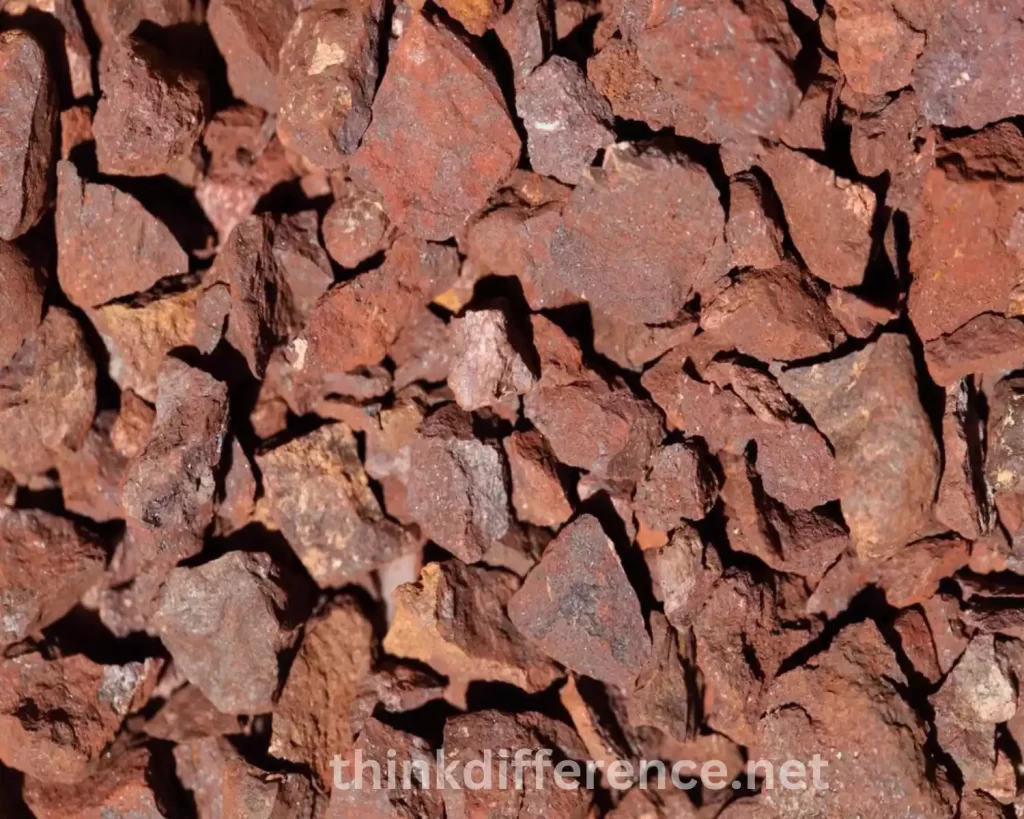
Iron oxides make up most of an ore’s composition, such as hematite and magnetite; other minerals or impurities may also exist within its makeup; its iron content varies between few tenths to over several hundred percent depending on where its found.
There are several types of iron ore, each with its own characteristics:
- Hematite: Hematite, commonly referred to as red or reddish brown iron ore, is the most prevalent and prolific source of iron for making steel production. Due to its extremely high iron content, Hematite provides an invaluable source of raw materials needed for steel making processes.
- Magnetite: Magnetite, an iron ore with black to dark gray tones and strong magnetic qualities, has long been sought out as an industrial raw material to produce magnets.
- Limonite: Limonite, a yellowish brown iron ore containing hydrated iron oxides, typically has lower iron concentration levels compared to its competitors such as hematite or magnetite; nonetheless it still mined due to its substantial iron reserves.
- Siderite: Siderite ore is an iron carbonate ore with lower iron content that is mined less frequently due to this factor.
Mines employ both open-pit and underground mining techniques for extracting iron ore from depth-controlled mines, depending on depth and accessibility requirements. Once extracted, ore is processed to remove impurities, enhance iron content, and then serve as raw material in steel manufacturing operations.
Iron ore is essential in industries spanning construction, manufacturing, transportation and energy production. Iron ore is refined into steel which then finds application across buildings, bridges and vehicles alike.
What is Iron?
Iron, is represented chemically as element number 26 on Earth and known for being strong yet durable metal with multiple applications. As part of Group 8 on periodic table it forms one of Earth’s most abundant elements – known for being strong yet durable metal known for being known to hold together well through time and being highly abundant on the surface of planet earth.
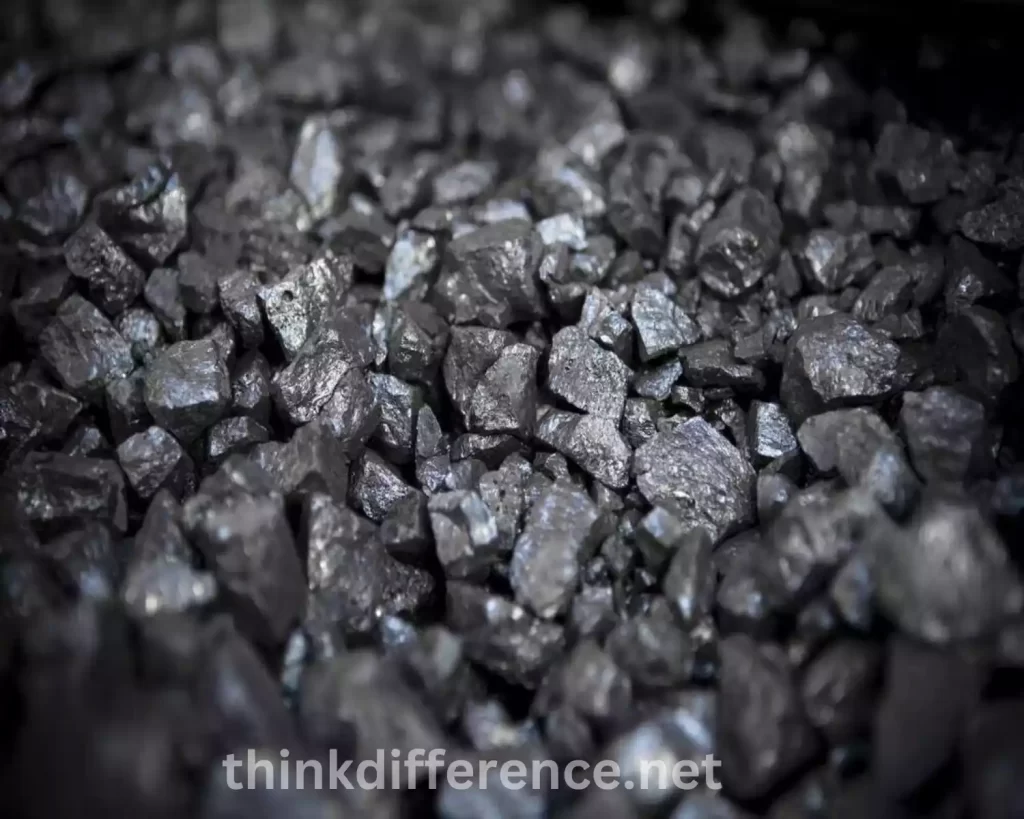
Iron is a silvery gray metal with a shiny surface, suitable for drawing into wires and being malleable. The melting point for iron lies at approximately 1,538 degrees Celsius.
Iron is essential to all living organisms and plays an integral part in many biological processes – such as oxygen transport in bloodstream cells through hemoglobin molecules.
Iron’s industrial utility derives from its ability to form alloys with carbon. This results in steel production; an iron-carbon alloy whereby carbon content ranges between 0.2%-2.1%. Steel may further be modified through addition of other elements or various manufacturing processes.
Iron and steel have multiple uses within many industries including construction, transportation and infrastructure development. Iron and steel play a pivotal role in building bridges, vehicles or ships as well as pipelines as well as tools and other essential products such as tools and other essential products such as pipelines.
Iron exists as alpha, gamma and delta allotropes with unique crystal structures and can undergo phase changes at specific temperatures and pressures.
Iron is an extremely versatile metal with magnetic properties, strength and durability that contribute to steel production as a critical ingredient. Additionally, there are multiple industrial uses for iron that contribute to society’s advancement and progress.
Properties and Uses of Iron ore
Properties of Iron Ore:
- Iron Content in Iron Ore: Iron ore may contain various concentrations of metallic iron, usually present as iron oxides like hematite and magnetite. The percentage varies depending on its source; typically several to tens of percent depending on where it comes from.
- Mineral Composition: Iron ore can contain various minerals and impurities such as silica and alumina, as well as phosphorus and sulfur – these constituents can have a major influence on its processing, as well as suitability for various applications.
- Physical Characteristics: Iron ore is commonly found as powdery concentrates or rocks. Different minerals give this material different colors ranging from reddish brown (hematite) to black (magnetite). Density and hardness vary according to its density or hardness.
Uses of Iron Ore:
- Steel Production: Iron ore is used extensively in steel production. Iron ore serves as the raw material to produce pig iron which, once refined and transformed into steel, finds use across construction projects, automobile manufacturing facilities, appliance production lines and infrastructure projects alike.
- Iron Production: Direct reduction is an environmentally friendly technique for producing iron directly from iron ore. The method works by extracting oxygen from iron ores to yield metallic iron; direct reduced or sponge iron produced using this process may serve as an alternative ironmaking process and be utilized by electric arc smelters for steel production.
- Alloying elements: Certain types of iron ores such as titanomagnetite contain additional elements such as titanium and vanadium that serve as useful alloying agents that can be added to steel in order to improve its strength and heat resistance properties. These minerals make an excellent source of alloying elements which can help enhance steel properties like strength and heat resistance.
- Iron Ore Has Multiple Industrial Applications: Iron ore has numerous industrial uses beyond producing steel. Magnetite, in particular, can be utilized in magnet manufacturing as well as magnetic recording medium production and other specialized industrial uses.
- Research and Development: Iron ore is frequently utilized for research related to extraction technologies, ore processing methodologies and environmental concerns. Studies are being performed in order to increase its economic viability, efficiency and sustainability as a source of material used for use or processing purposes.
Iron ore is used primarily to produce iron and steel for use in various industries, making iron an essential raw material that drives economic development while meeting modern society’s demands.
Properties and Uses of Iron
Properties of Iron:
- High Strength: Iron’s high tensile strengths make it suitable for structural applications requiring durability and load bearing capacities, such as bridge building.
- Malleability and Ductility: Iron wire can easily be formed, shaped and drawn. This quality allows a range of fabrication processes as well as complex iron structures production.
- Iron has ferromagnetic properties: Which allow it to magnetize when subjected to magnetic force or attraction from magnets. Due to this property, iron makes for ideal applications in applications like electromagnets and transformers as well as motors and magnetic storage devices.
- Good Thermal and Electrical Conductivity: Quartz is an outstanding conductor of both heat and electricity, making it an invaluable material for applications that must efficiently transfer thermal or electrical energy.
- Corrosion Resistance: Iron can corrode in environments with both oxygen and moisture present, yet alloyed with other metals (chromium in particular) to increase corrosion resistance. To increase resistance further, iron alloyed with other substances (for instance nickel alloying can increase corrosion resistance).
Uses of Iron:
- Construction and Infrastructure: Iron is widely utilized in infrastructure and construction projects. Due to its strength and durability, iron is utilized in building bridges, tunnels, and other structural frameworks.
- Transport: Iron and its alloys have long been used in the transport industry due to their strength and resistance to impact, being utilized to build vehicles such as cars, trucks and trains – not forgetting aircrafts and ships!
- Manufacturing and Machinery: Iron is a key material used in manufacturing industries worldwide, from making machinery to tools and equipment. Due to its strength, machinability, heat resistance and casting processes it makes an excellent material choice for appliances, machines and other products.
- Energy Generation and Transmission: Due to its magnetic properties, iron is widely utilized for energy production and transmission. Iron can efficiently transmit electricity along power transmission infrastructure such as power lines and wires.
- Household and Consumer Products: Iron is used extensively in household and consumer products. From kitchen utensils and cutlery production, to furniture, appliances, and decorative pieces – iron’s strength, corrosion resistance, and aesthetic appeal make it a popular choice among manufacturers and end consumers alike.
- Steel Production: Iron is the primary material in steel production. Steel is an iron-carbon alloy with trace amounts of other elements. Steel’s properties depend on its composition; applications include construction, automotive manufacturing and more.
- Iron has multiple properties and uses: Iron’s versatility enables society to progress forward through its innovative uses, contributing greatly to progress and development.
Differences between Iron Ore and Iron
There are several key differences between iron ore and iron. Here are the main distinctions:
1. Composition and Structure:
- Iron Ore: Iron ore is a mineral or rock which contains various levels of iron along with impurities and elements in various proportions, typically magnetite and hematite as the major constituents. Other minerals present may be goethite and limonite.
- Iron: Iron is a refined metal obtained by various extraction and refining processes from iron ore. Metallic iron can then be produced through melting this ore with a blast furnace to eliminate impurities that cling onto it.
2. Iron Content:
- Iron Ore: Iron ore can vary considerably in its iron content depending on where and what kind of deposit it comes from, with concentration levels from several percentages up to several tens of percents depending on its composition and deposit type.
- Iron: Iron ore typically contains over 97% iron content with minimal impurities; commercial iron may contain small quantities of carbon, manganese and sulfur which may either have been intentionally introduced or occur naturally in its composition.
3. Physical State:
- Iron Ore: Iron ores typically exist as solid deposits such as rocks or powdery concentrates that must be extracted, processed into pellets, lumps, or fines and utilized for various applications.
- Iron: Once refined, iron can be further processed into various shapes and forms depending on its application, such as sheets, bars, wires or castings.
4. Applications and Uses:
- Iron Ore: Iron ore is used primarily as raw material to manufacture steel. As one of the key inputs into steel production, its use requires further processing to remove impurities and extract iron for eventual transformation into finished product – which in turn leads to production of finished goods fashioned out of iron.
- Iron: Iron has many applications in various fields of industry, including construction, transportation, manufacturing and infrastructure. Iron is widely employed for making buildings, bridges and vehicles; appliances; tools and other products made out of iron; its magnetic properties make it useful in manufacturing magnets for storage devices such as magnetic tape drives; it even helps keep food frozen!
5. Economic Value:
- Iron Ore: The price of iron ore varies significantly based on factors including supply and demand dynamics as well as production levels.
- Iron: Refined iron and steel products find use across industries, giving them immense economic significance. Their price can fluctuate based on factors like material costs and production capacity.
Understanding these variations between iron ore mined, processed and utilized is of great significance for industries, policymakers and stakeholders involved with its mining, processing and use. Doing so allows for improved decision-making as well as optimization of production processes as well as pricing strategies that support supply chain management strategies.
Conclusion
Iron Ore and Iron have played transformative roles throughout history, propelling human civilization forward. From ancient tools to modern infrastructure, the journey of iron has been nothing short of remarkable. Embracing sustainable practices and technological innovations is crucial to ensure the longevity of this foundational resource.

